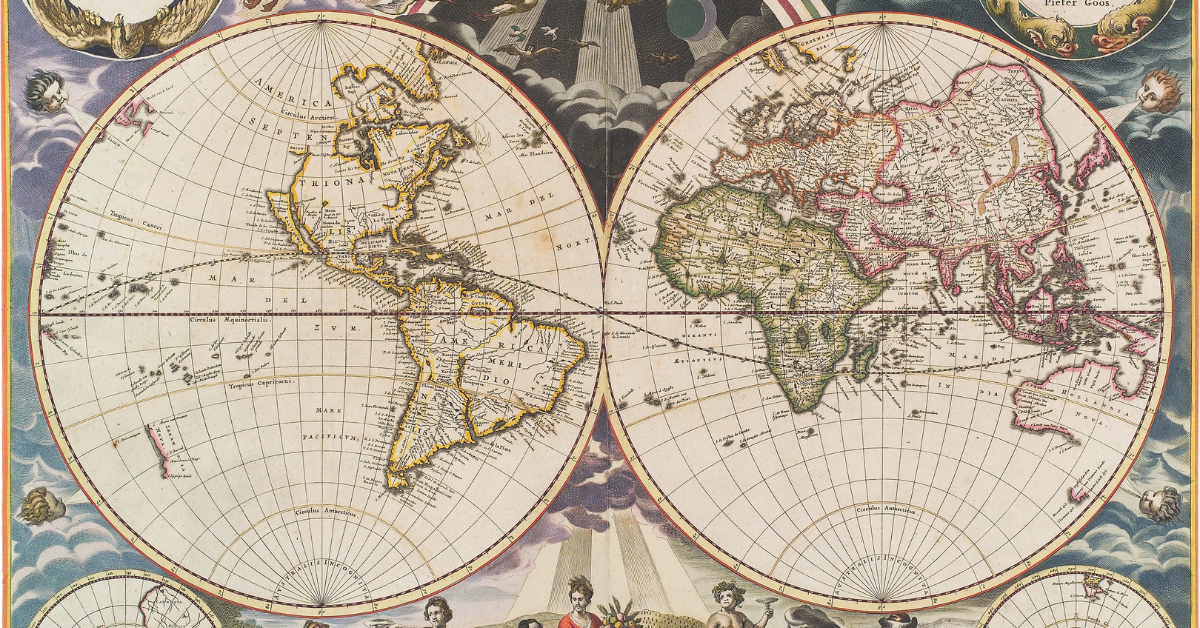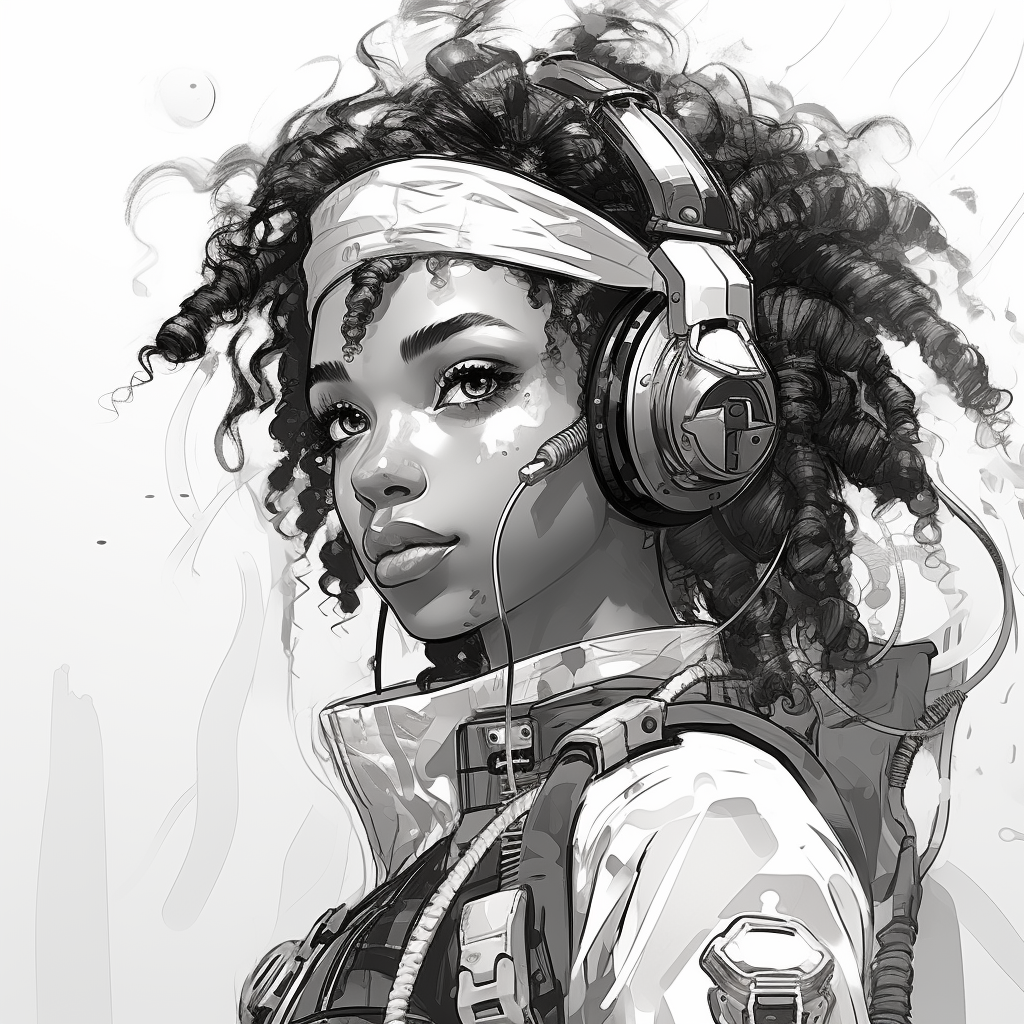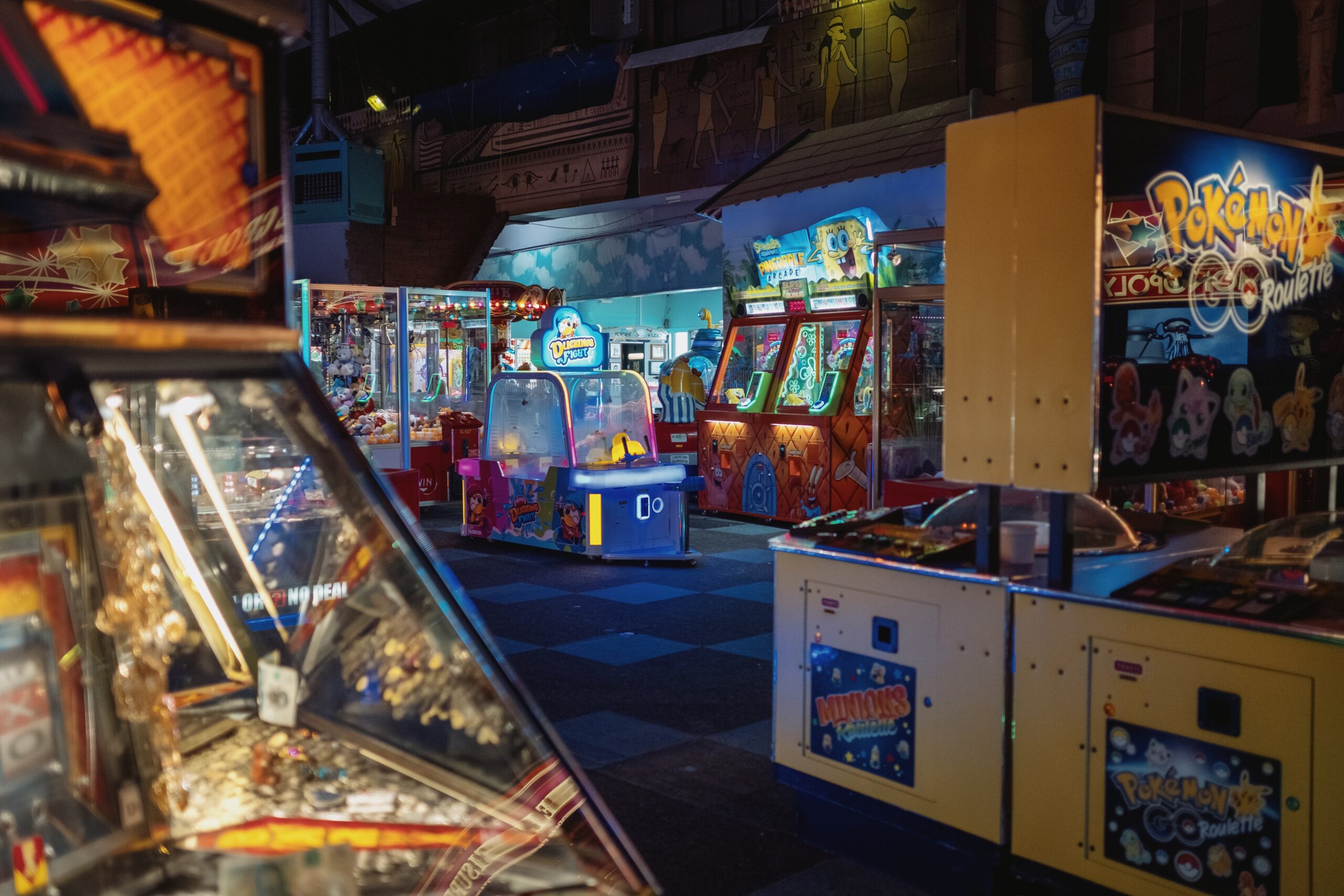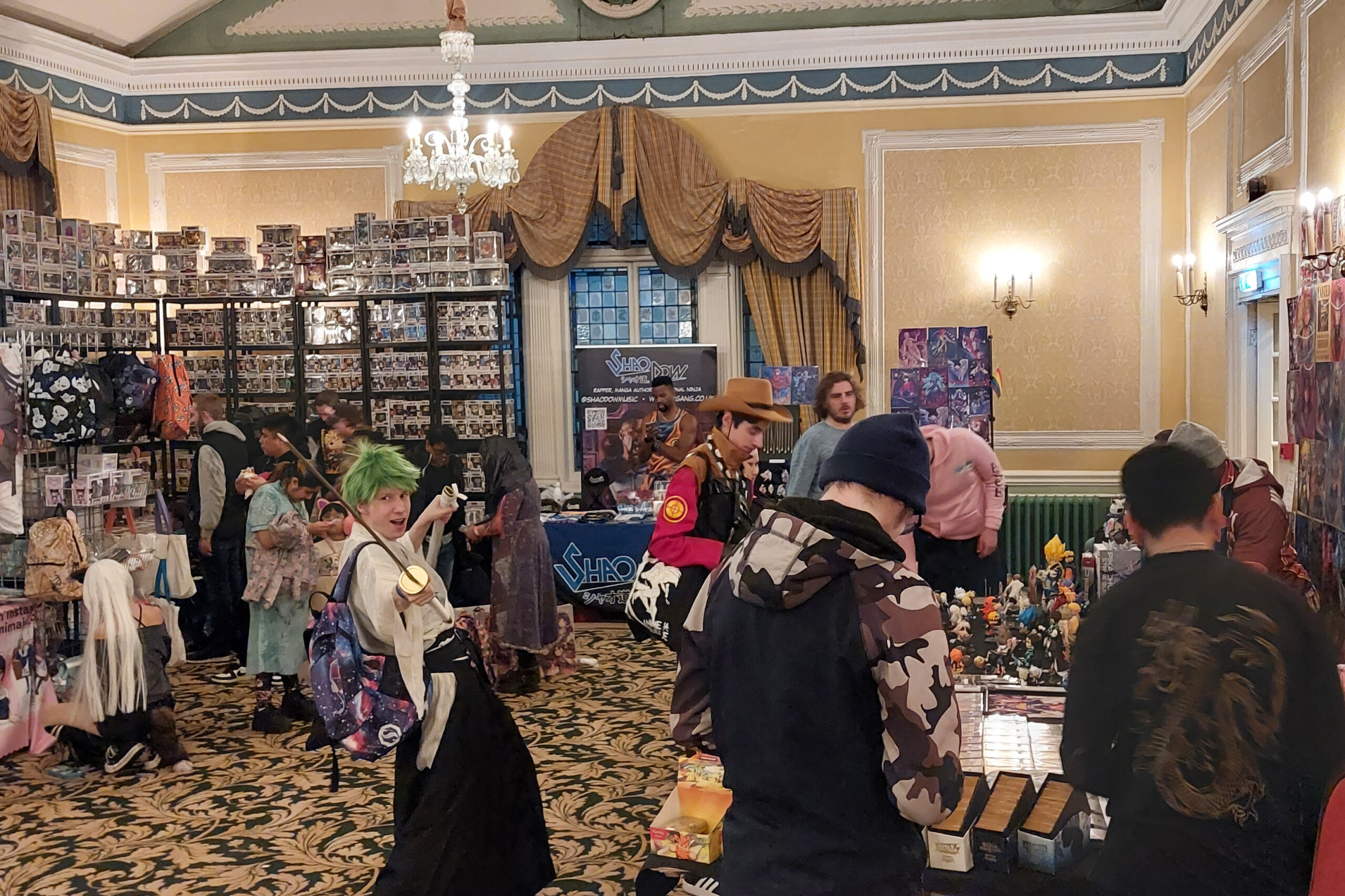World-building is an intricate and essential aspect of game design, where creators craft immersive and believable universes. In a recent webinar hosted by Nick Rodriguez, our Dean of Creative Technology, we delved into the core principles and challenges of world-building, drawing on examples from literature, film, and games.
Read the rest of the series:
Essential Games for Aspiring Video Game Students
What I Wish I Knew Before Becoming a Games Designer
Designing Effective Levels in Video Games
Generating Ideas in Video Game Design
Understanding the Foundations of World-Building
World-building goes beyond merely creating a backdrop for the narrative. It involves crafting a coherent and engaging universe that players can explore and interact with.
According to Nick, effective world-building requires extensive research and a deep understanding of human cultures, as most fictional worlds borrow elements from real-life societies. This ensures authenticity and avoids the pitfalls of cultural appropriation or misrepresentation.
He also emphasised that no entirely alien culture has been successfully created without drawing from human experience. Even in the works of authors such as Jeff VanderMeer, who attempted to design truly alien societies, the results remain grounded in human concepts. Therefore, world-building often reflects human cultures, adapted and transformed to fit the fictional context.
World-building often reflects human cultures, adapted and transformed to fit the fictional context.
Key Elements of World-Building
Physical Geography
A fundamental starting point in world-building is the physical geography of the world. Nick highlighted how geography influences culture, politics, and society. For example, the City of London’s historical development was heavily influenced by its geography, including the prevailing winds and the flow of the River Thames. Similarly, in fictional worlds, the landscape, climate, and natural resources shape the cultures and societies that inhabit them.
Maps also play a crucial role in this process. They help creators visualise the world and understand how different regions interact. By starting with a map, designers can establish the geographical constraints and possibilities of their world, which in turn informs the cultures, economies, and conflicts within it.
Culture and Society
Creating a rich cultural backdrop involves more than just geography. It includes the development of languages, traditions, political systems, and historical events. Nick used Middle-Earth from J.R.R. Tolkien’s works as a prime example, where the detailed creation of languages like Elvish and Dwarvish adds depth to the cultures.
The importance of language in world-building cannot be overstated. It shapes how characters interact with their world and with each other. In Ursula K. Le Guin’s Earthsea series, the magic system is based on knowing the true names of things, reflecting the cultural emphasis on language and knowledge.
Challenges in World-Building
Internal Consistency
Maintaining internal consistency is crucial. Once the rules of the world are established, they should be adhered to unless there is a compelling narrative reason to break them. This consistency helps maintain the suspension of disbelief, allowing players to fully immerse themselves in the game.
Nick pointed out that even minor inconsistencies can disrupt the player’s experience. For example, the magic system in the Harry Potter series is sometimes criticised for being underdeveloped, as it often relies on simple Latin phrases without a deeper, consistent logic.
Balancing Familiarity and Innovation
While borrowing elements from real-world cultures provides a solid foundation, innovation is also essential. Designers must strike a balance between the familiar and the novel. Using recognisable cultural elements makes the world more accessible to players, but adding unique twists and innovations keeps the world interesting and engaging.
Here are some Practical Tips for Game Designers:
Start with Geography
Use maps to define the physical space of your world. This helps establish the environmental factors that influence cultures and societies.
Develop Languages and Names
Create languages and naming conventions that reflect the cultural and societal structures of your world.
Consider Historical and Political Contexts
Build a history for your world that includes major events and conflicts. This provides depth and context for the current state of the world.
Focus on Internal Consistency
Establish rules for your world and stick to them. This consistency is key to maintaining immersion.
Balance Borrowing and Innovation
Draw inspiration from real-world cultures but add unique elements to make your world stand out.
World-building is a complex but rewarding process that is essential for creating immersive and engaging video games. By understanding and applying the principles discussed in this webinar, game designers can craft detailed and believable worlds that captivate players and enrich the gaming experience.
Whether starting with geography, developing intricate languages, or balancing historical context with creative innovation, the art of world-building is about making choices that enhance the story and gameplay.
ARE YOU INTERESTED IN BECOMING A GAME DESIGNER, ARTIST OR DEVELOPER AT SCREEN AND FILM SCHOOL?
Sign up to one of our Open Days:
OPEN DAYS
Find out more information on our Creative Technology courses by clicking below:



